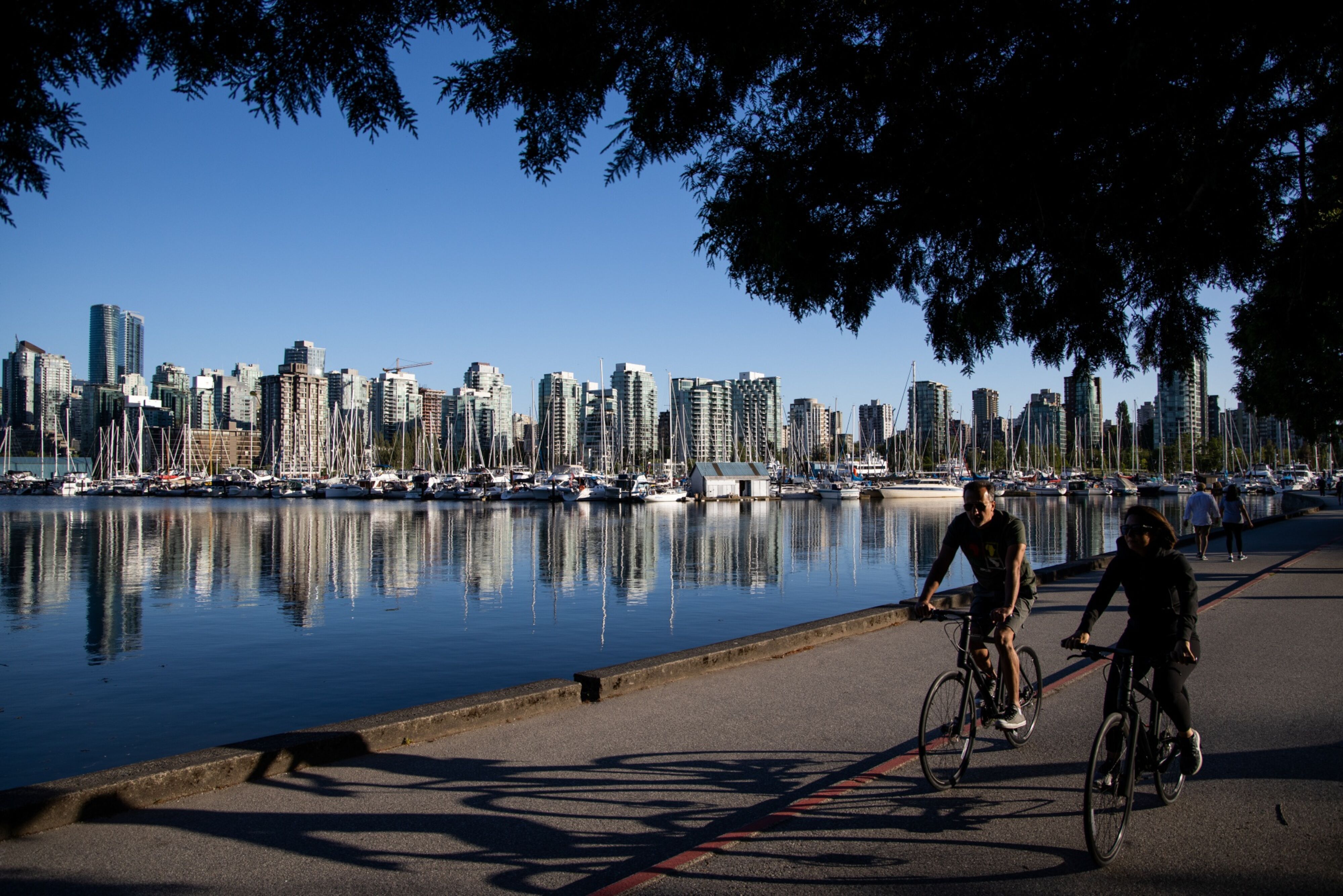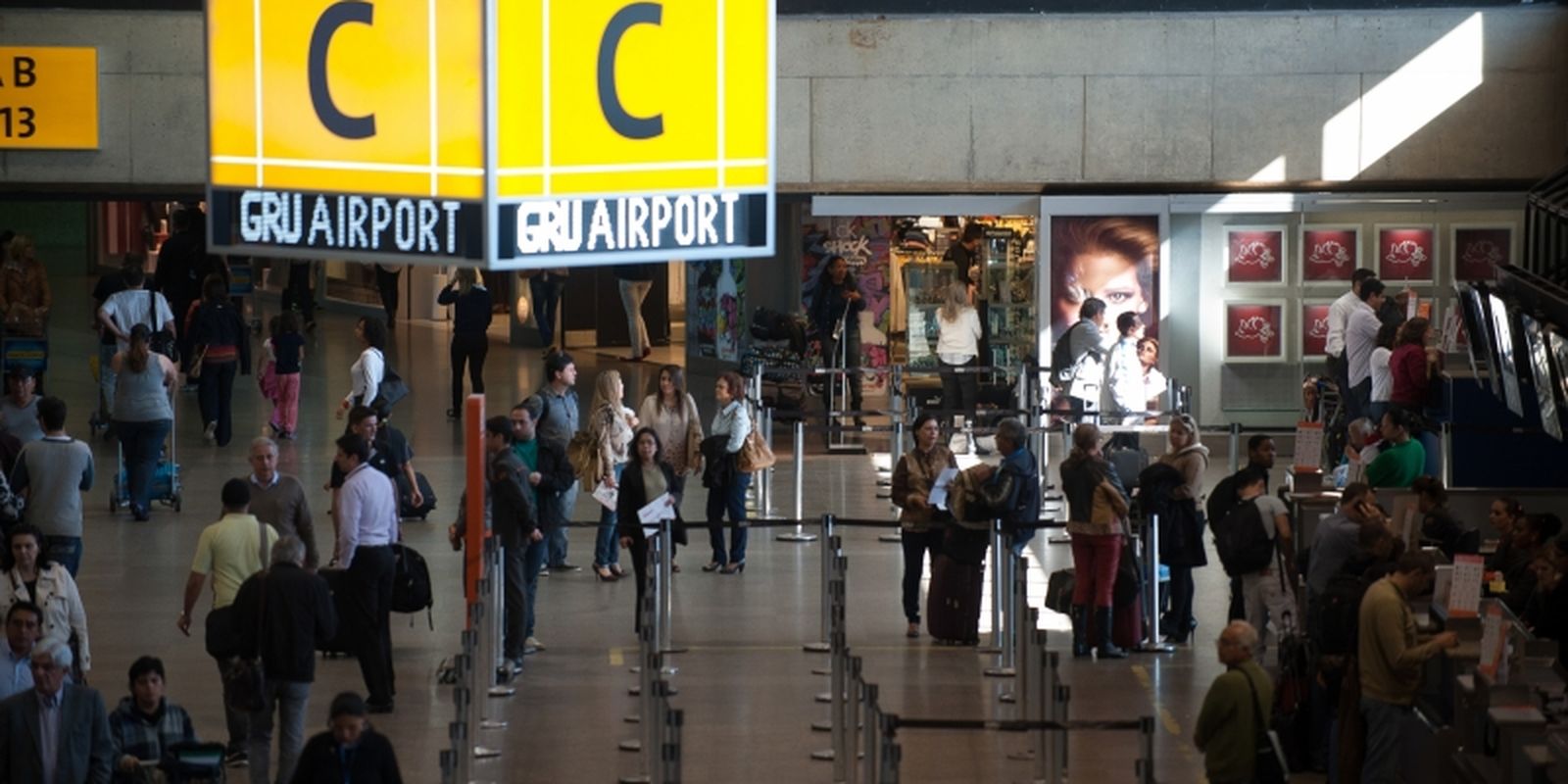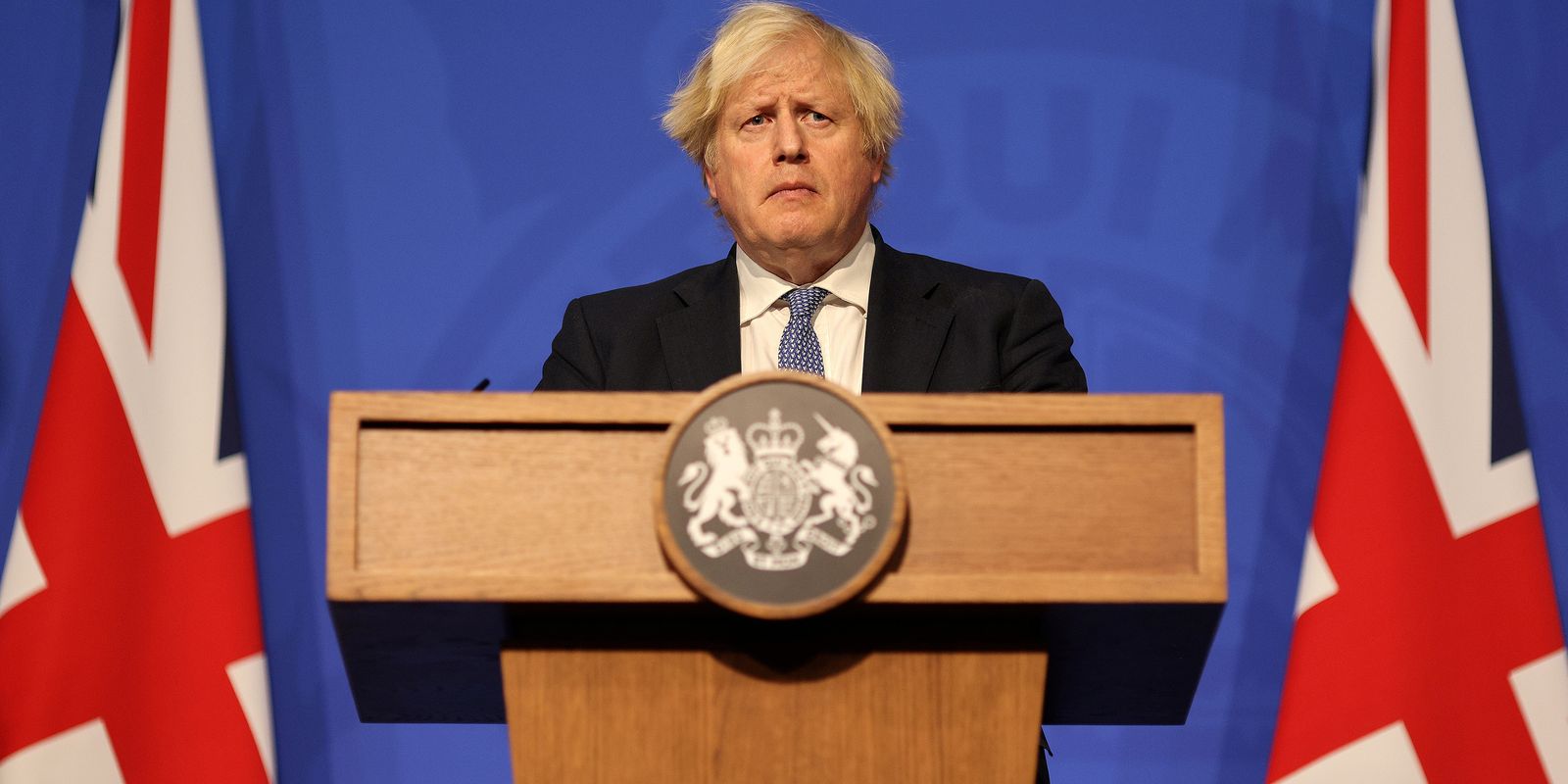Bloomberg — Current immigration policy Canada This project, one of the most open in the world, is now causing economic damage and must be reconsidered, according to the country’s leading economists.
The Prime Minister’s decision Justin Trudeau to significantly increase the immigration — and allowing an influx of temporary workers and international students — without providing adequate support has created a long list of economic problems, including higher inflation and low productivity, the chief economists of the world’s biggest banks said Thursday. Canada during a multi-thematic round table in Toronto.
“Frankly, I’m surprised we blew this because we’re in such a privileged position in Canada,” Beata Caranci, chief economist at the Toronto Dominion Bank, told a packed audience at an event of the Economic Club of Canada.
Canada is a popular destination for Brazilians looking for jobs abroad and a more comfortable life. A survey by the Brazilian Ministry of Foreign Affairs shows that in 2022, 133,170 Brazilians lived in the country.
Unlike many other wealthy countries, including the United States, Canada does not face poorly controlled migration flows at its borders and has had time to think through the implications of its policies, Caranci said. “We designed our own policy, we put it into practice, we implemented it and we failed again. »
Canada has accepted about 455,000 new permanent residents in 2023 as of October 1, while also welcoming more than 800,000 non-permanent residents, a category that includes temporary workers, international students and refugees. With a population growth rate of 3.2%, the country is growing faster than any G7 country, China or India.
While there are annual targets for permanent residents, there is no cap on international student permits and the government has made it easier for businesses to hire temporary foreign workers.
“Demographic trap”
“I will say it bluntly: we have fallen into the demographic trap,” said Stéfane Marion, chief economist at the National Bank of Canada. An increase in the standard of living is no longer possible because “there are not enough savings to stabilize the capital-labor relationship”.
Faced with backlash over housing costs, Trudeau recognized the need for change. His Immigration Minister, Marc Miller, has promised to make it harder for colleges to increase foreign enrollment without providing adequate housing or services. Yet the government is under pressure to keep immigration levels high as older workers retire and fertility rates fall.
While the federal government is trying to encourage the construction of more rental housing, “the numbers just don’t add up,” said Avery Shenfeld, chief economist at CIBC Capital Markets. “I am a little surprised that the government is moving relatively slowly on this issue. I think there is an urgent need to better balance these student and temporary worker numbers with the arithmetic of our housebuilding strategy, as the two work at cross purposes.
The problem is compounded in provinces that have limited funding for higher education institutions, forcing schools to make up for lost revenue from international students, Shenfeld said. The result is community colleges having “branches” filled with international students in office buildings in Toronto, he said. “It’s really just a tuition earning machine.”
None of the economists suggested that Canada should adopt a restrictive immigration policy, but rather that the country be more deliberate about balancing the influx of people it can accommodate.
Canada tends to rely on immigration to quell business complaints about hiring difficulties, several economists said. While that’s understandable, “in a way we’ve made hiring very easy for businesses,” said Jean-François Perrault, chief economist at the Bank of Nova Scotia. He pointed to the United States, which has much stricter immigration policies and higher productivity. “Immigration policy has made immigration less costly than investment. »
Low productivity and housing affordability are the biggest challenges facing the Canadian economy, said Douglas Porter, chief economist at the Bank of Montreal, and strong population growth is clearly a factor in both areas.
There are other factors at play. A lack of innovation and business investment has weighed on Canadian productivity for decades, said Craig Wright, chief economist at the Royal Bank of Canada.
He said rising rents are not just caused by immigration pressure: high property prices and interest rates are pushing permanent residents to rent.
A recent report from Desjardins Securities reveals that if Canada closed the door to temporary residents now, real gross domestic product would fall and the recession would last twice as long.
That puts the Bank of Canada in a tough spot and explains why it will need to cut rates in 2024, Caranci said, even though housing costs still push inflation above its 2% target.
She hopes the central bank will start to change its communication and remind markets that inflation is a matter of magnitude and that they are not the only ones responsible for housing inflation.
“If they don’t do that, you’re definitely entering a recession scenario and potentially a severe recession scenario,” she said.
— With information from Bloomberg Línea
Learn more at Bloomberg.com
Read also
Five international destinations where the exchange rate has become more favorable in the last 2 years

“Freelance communicator. Hardcore web practitioner. Entrepreneur. Total student. Beer ninja.”







